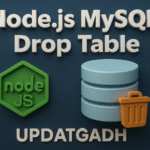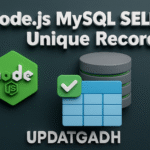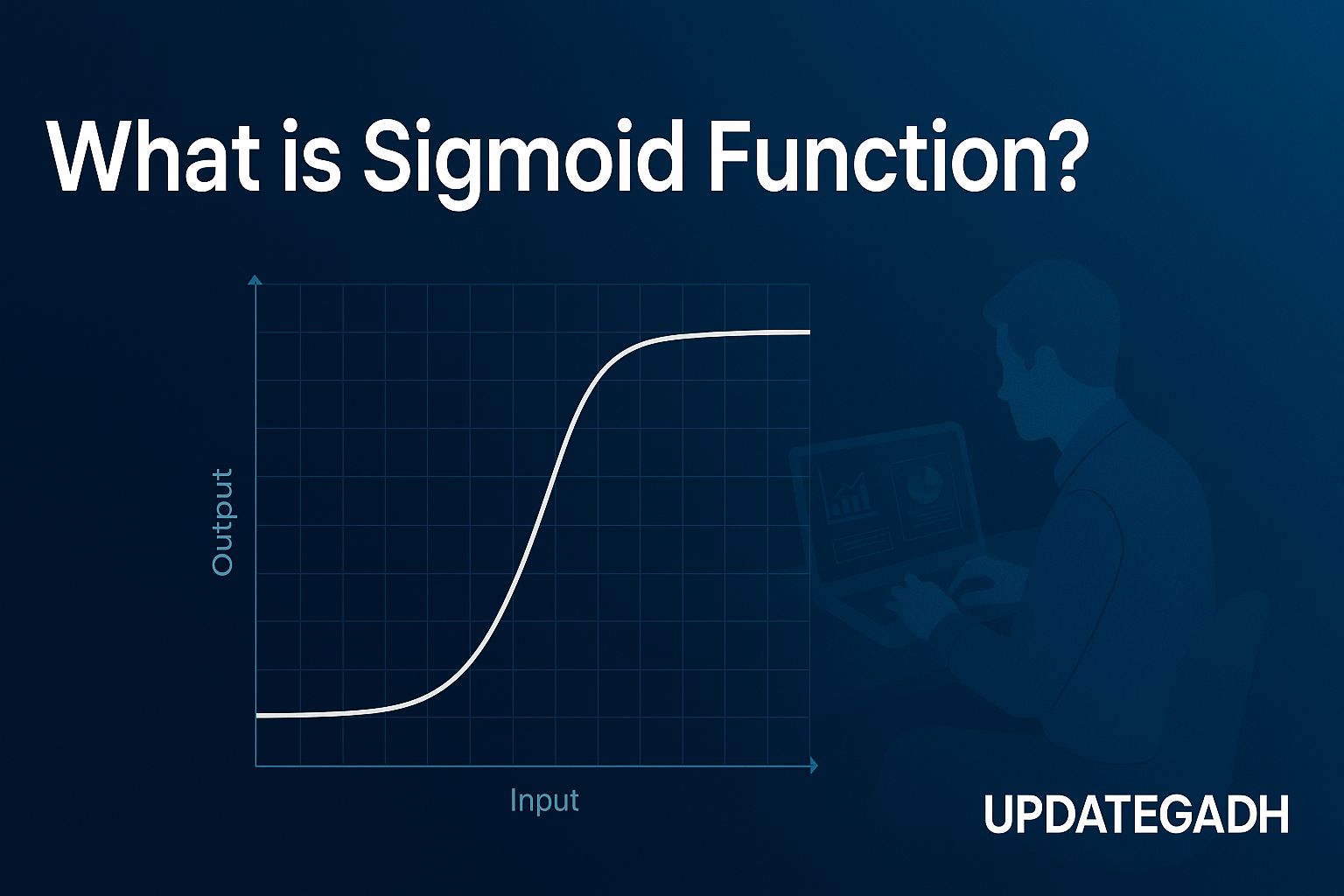
Overview of Gaussian Splatting
Overview of Gaussian Splatting
Introduction
Gaussian splatting is an advanced rendering technique used predominantly for visualizing point cloud data in computer graphics and scientific visualization. It projects 3D points onto a 2D image plane using a weighted averaging mechanism, governed by Gaussian functions.
Instead of mapping each point to a single pixel, this method spreads the influence of each point across nearby pixels using a Gaussian kernel. The kernel’s spread, defined by its standard deviation (σ), determines how smoothly the rendered image appears—offering anti-aliasing and a more continuous, natural view of the scene.
From LiDAR scans to 3D reconstructions, Gaussian splatting is a robust approach that helps in representing detailed structures while addressing limitations in conventional point rendering, like gaps, noise, or aliasing.
Complete Python Course with Advance topics:-Click Here
SQL Tutorial :-Click Here
Data Science Tutorial:-Click Here
Why Do We Need Splatting Methods?
1. Handling Sparse or Incomplete Data
Point clouds generated from LiDAR sensors or photogrammetry often contain gaps or irregular distributions. Traditional rendering methods struggle to fill these gaps. Gaussian splatting, however, smoothly blends data points over space, effectively “filling in” these areas.
2. Reducing Aliasing Artifacts
Standard rendering techniques can result in jagged edges and harsh transitions, especially with high-frequency data. Gaussian splatting provides a blending mechanism that reduces aliasing, leading to smoother and visually appealing outputs.
3. Adaptive and Flexible Rendering
The technique allows dynamic control over attributes like density, color, and intensity. This adaptability means visualizations can be tailored for specific analytical tasks, like highlighting elevation in a terrain map or detecting anomalies in medical scans.
4. Efficiency with Large Datasets
Gaussian splatting is designed to leverage GPU parallelism, making it highly scalable and suitable for real-time applications such as VR/AR, simulation, or live monitoring.
5. Use in Scientific and Engineering Domains
From geospatial analysis to medical imaging and CAD modeling, Gaussian splatting helps professionals visualize complex data more accurately and with fewer visual gaps or distortions.
Core Concepts in Gaussian Splatting
● Point Cloud Initialization
Splatting begins with a 3D point cloud, where each point contains attributes such as position, color, or intensity, typically gathered from LiDAR scans or 3D reconstructions.
● 3D-to-2D Projection
Using camera parameters like position, orientation, and the projection matrix, each point is projected onto a 2D picture plane.
● Splat Shape and Distribution
Rather than mapping each point to a pixel, splatting distributes it over a splat shape—usually a Gaussian circle or ellipse—centered around the projected location.
● Weighted Averaging
Gaussian weights are used to average attributes across overlapping splats. Nearby pixels receive more influence than distant ones, leading to smoother transitions.
● Kernel Function
The splats’ intensity and distribution are controlled by the Gaussian kernel. A wider kernel results in broader influence and more blur, while a narrow one produces sharper visuals.
● Rendering Pipeline
Gaussian splatting is integrated into the rendering pipeline between projection and final image composition. It is highly efficient on modern GPUs, enabling interactive and real-time visualization.
Gaussian Splatting: Step-by-Step Algorithm
- Selection: Choose the input point cloud with associated 3D coordinates
(x, y, z)and attributes like color(r, g, b). Define camera view parameters. - Projection: Map each 3D point onto the 2D image plane to get screen-space coordinates
(u, v). - Gaussian Splatting:
- For each point
(u, v), define a Gaussian kernel centered at that position. - Distribute the point’s attributes to surrounding pixels, weighted by the Gaussian.
- For each point
- Accumulation: Add up the contributions from all points onto the image plane.
- Output Generation: Compose the final image where each pixel’s value is the result of accumulated splats.
- Optimization: Leverage GPU-based parallel processing for real-time and large-scale rendering tasks.
Benefits of Gaussian Splatting
✅ Smooth Transitions
By softly distributing each point’s effect, Gaussian splatting avoids sharp pixel boundaries and delivers visually cohesive images.
✅ Anti-Aliasing Support
Aliasing is naturally reduced due to the blending mechanism, making the method ideal for high-fidelity visualization.
✅ Attribute Flexibility
Points can carry diverse attributes—color, depth, intensity, etc.—and splatting allows for their detailed, adaptive representation.
✅ High Efficiency
Gaussian splatting is ideal for interactive systems because of its GPU-friendly design, which makes it appropriate for applications needing both speed and quality.
✅ Consistent Data Representation
It preserves both spatial coherence and attribute consistency, making it ideal for fields like GIS, medical visualization, and scientific simulations.
Comparison with Other Rendering Techniques
| Technique | Gaussian Splatting | Point-Based Rendering | Depth Buffering | Volumetric Rendering | Ray Tracing |
|---|---|---|---|---|---|
| Smoothness | High | Low | Medium | High | High |
| Aliasing Control | Excellent | Poor | Medium | Good | Good |
| Real-Time Suitability | Yes | Yes | Yes | Depends | Limited |
| GPU Optimization | Excellent | Good | Excellent | Moderate | High |
| Best Use Case | Sparse point clouds, real-time visualization | Simple point cloud data | Polygonal models | Dense volume data | Complex lighting scenes |
Download New Real Time Projects :-Click here
Complete Advance AI topics:- CLICK HERE
Final Thoughts
Gaussian splatting represents a significant evolution in point cloud rendering. It provides a seamless balance between visual quality, performance, and data fidelity, particularly when working with sparse, noisy, or complex 3D datasets.
As modern applications—from autonomous driving to digital twins—continue to rely heavily on real-time 3D data processing, Gaussian splatting offers a scalable and visually rich solution.
For developers, designers, and researchers aiming to push the boundaries of data visualization and real-time 3D rendering, Gaussian splatting is not just a tool—it’s a game changer.
Stay tuned with Updategadh for more insightful articles on next-gen graphics, computer vision, and rendering technologies.
gaussian splatting paper
gaussian splatting example
gaussian splatting tutorial
4d gaussian splatting
gaussian splatting vs photogrammetry
gaussian splatting online
gaussian splatting python
2d gaussian splatting










Post Comment